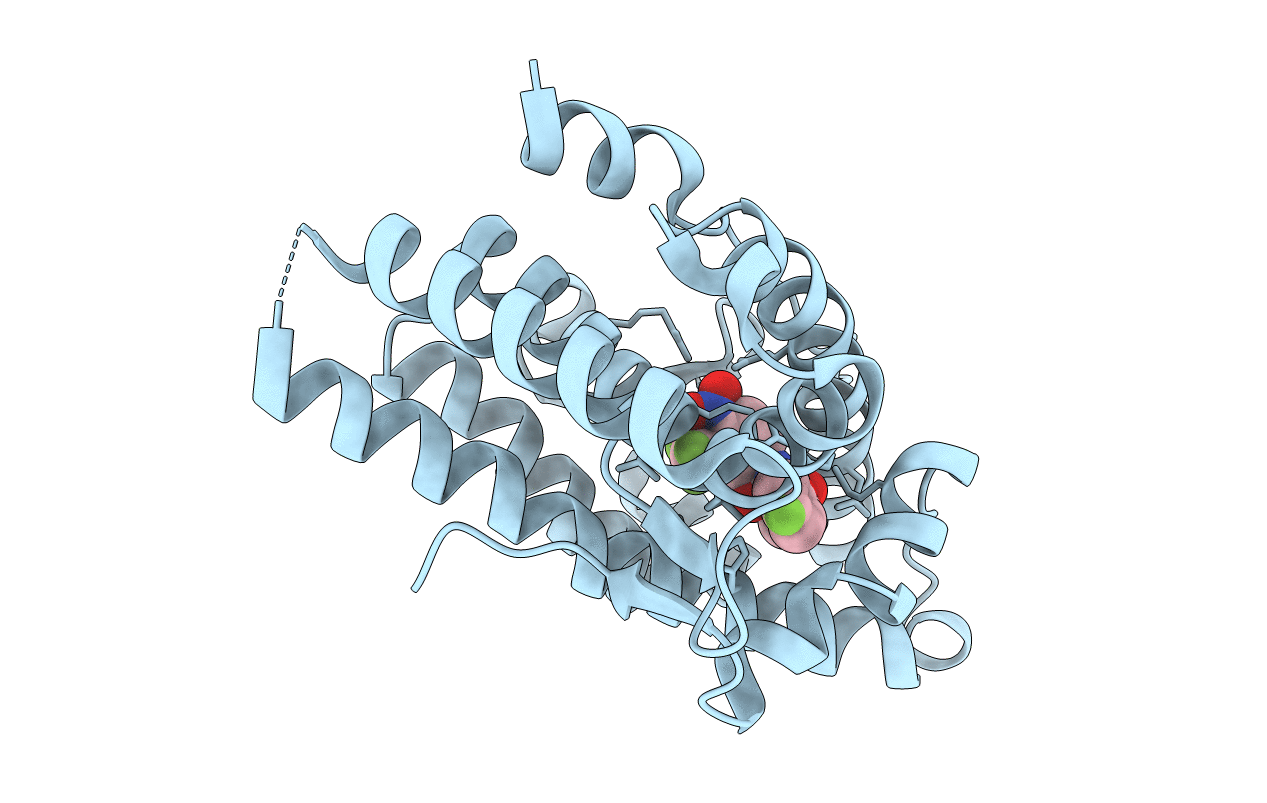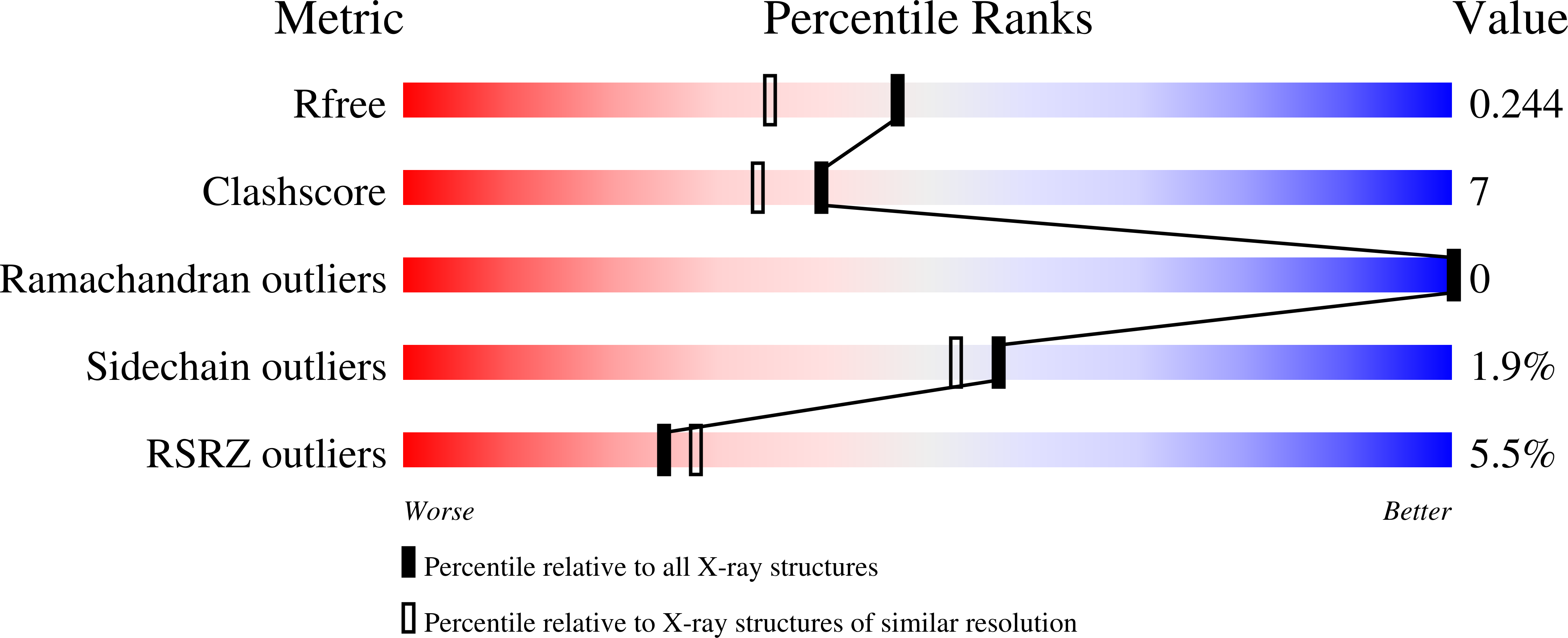
Deposition Date
2005-09-03
Release Date
2005-09-20
Last Version Date
2023-08-23
Entry Detail
PDB ID:
2AX7
Keywords:
Title:
Crystal Structure Of The Androgen Receptor Ligand Binding Domain T877A Mutant In Complex With S-1
Biological Source:
Source Organism:
Homo sapiens (Taxon ID: 9606)
Host Organism:
Method Details:
Experimental Method:
Resolution:
1.90 Å
R-Value Free:
0.24
R-Value Work:
0.20
R-Value Observed:
0.20
Space Group:
P 21 21 21


